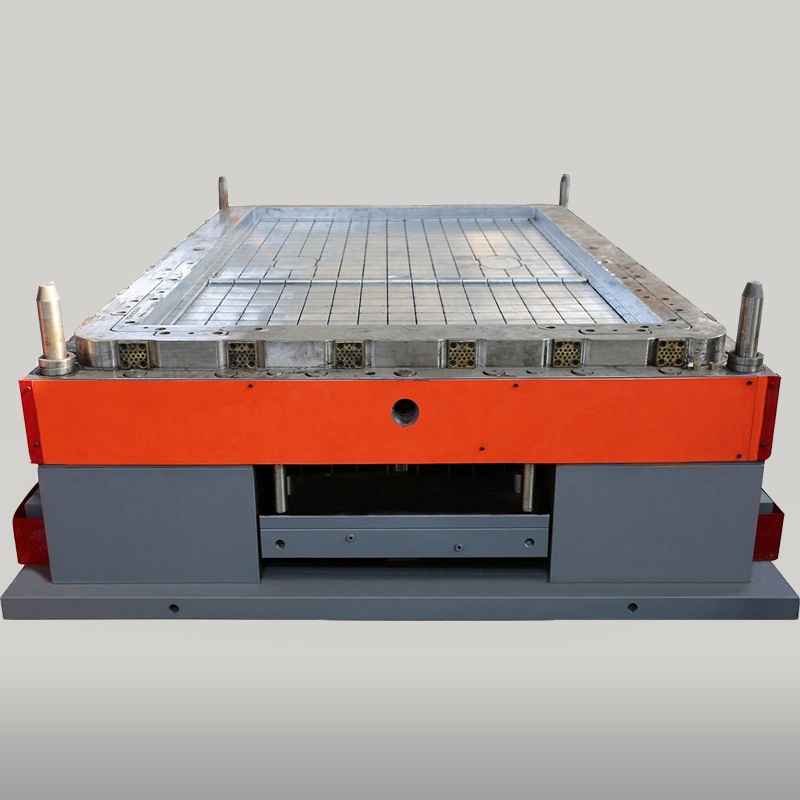Material Matters: Understanding the Impact of Material Choice on the Durability and Performance of Bathroom Chassis Moulds
2023-11-13
Introduction:
In the intricate world of bathroom manufacturing, where precision and reliability are paramount, the choice of materials for crafting a chassis mould plays a pivotal role. The durability and performance of bathroom chassis moulds hinge on the selection of materials, influencing the quality of the final products that grace our bathrooms. In this blog, we explore how the choice of materials significantly impacts the durability and performance of a bathroom chassis mould.
1. Sturdy Foundations for Longevity:
The durability of a bathroom chassis mould begins with the choice of materials. High-quality moulds are often constructed from sturdy materials such as durable metals (like aluminum or steel) or robust alloys. These materials withstand the rigors of the molding process, ensuring the mould's longevity and reliability over an extended period.
2. Resistance to Wear and Tear:
Bathroom chassis moulds are subjected to repeated cycles of molding, each putting stress on the material. The choice of wear-resistant materials is crucial to mitigate the effects of constant use, preventing premature degradation and ensuring the mould remains in optimal condition for an extended lifespan.
3. Temperature Stability:
The temperature variations experienced during the molding process demand materials with excellent thermal stability. High-quality materials for chassis moulds are chosen for their ability to withstand the heating and cooling cycles without warping or undergoing structural changes, ensuring consistent performance over time.
4. Corrosion Resistance:
Bathroom chassis moulds are exposed to moisture and various chemicals during the manufacturing process. Opting for materials with corrosion-resistant properties, such as stainless steel or certain alloys, helps prevent degradation due to exposure to water, cleaning agents, and other corrosive elements.
5. Weight Considerations:
The weight of the material used in constructing a bathroom chassis mould is a crucial factor influencing both its performance and ease of handling. Lightweight yet sturdy materials contribute to easier handling during setup, maintenance, and storage, without compromising on the mould's overall durability.
6. Machinability and Precision:
The chosen material should be easily machinable to allow for intricate designs and precise detailing in the mould. Materials with excellent machinability facilitate the production of highly accurate and consistent bathroom components, contributing to the overall performance of the mould.
7. Cost-Efficiency:
While durability is a priority, the cost of materials also plays a role in the decision-making process. Optimal material choice strikes a balance between durability and cost-effectiveness, ensuring that manufacturers can produce high-quality bathroom components without unnecessary expenses.
8. Impact on Molding Cycle Time:
The performance of a bathroom chassis mould is closely tied to the material's ability to manage heat efficiently. Materials with good thermal conductivity can contribute to shorter molding cycle times, increasing overall production efficiency and throughput.
Conclusion:
In the intricate dance of bathroom manufacturing, the choice of materials for a chassis mould is a decision that reverberates throughout the entire production process. From the durability that ensures a prolonged service life to the performance that dictates the precision of the final products, material choice is a critical consideration. Manufacturers navigating the nuances of bathroom component production understand that the material matters – not just as a physical building block, but as a fundamental factor shaping the quality and reliability of the products that adorn our bathrooms.



